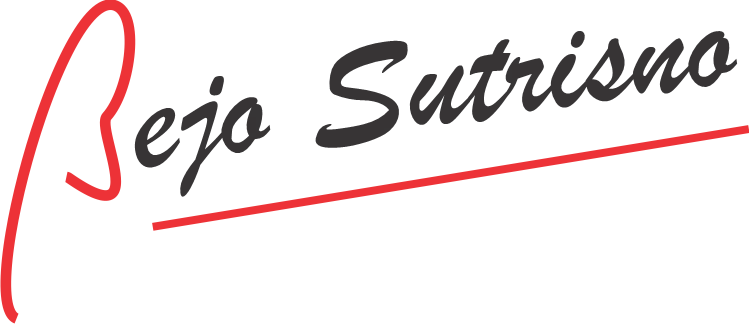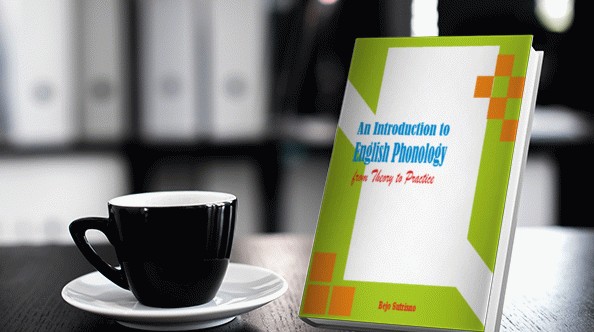Obliques
(1) BENEFACTIVE
He opened the door[for the small children].
Many nations provided funding [for the Persian Gulf war].
(2) ACCOMPANIMENT
He ate dinner [with his guests].
Why don’t you come [with me]?
He missed the dirt [with the manure].
(3) INSTRUMENT
Many people have learned to eat [with their fingers].
The mill will not grind [with water that is past].
We make a living [by what we get], but we make a life [by what we give].
Let’s go [on foot].
Others express setting.
(4) TIME
He awoke [late the next morning].
It has been too hot[the whole week].Most successful sales come [after the fifth call].
(5) LOCATION (of an object or an entire event)
He saw the dog[over there].
Little mice sat [on a teapot].
(6) SOURCE (starting point)
He came [from Alabama].
Please take that silly hat [off your head].
(7) PATH
They passed [through many twisted corridors].
One if [by land], two if [by sea]…
(8) GOAL (endpoint)
He ran [to the back of the room].
I’ll put the letter [on your desk].
Other obliuqes express abstract qualities characteristic of the event or of the speaker’s attitude towards the event.
(9) MANNER
[Very slowly], she backed out of the cage.
Sergeant pepper dismantled th bomb [with great care].
[Unfortunately], we cannot retain your services.
5.2 Prepositional and postpositional phrases
11) to Arthur Indirect Object or Goal
for Arthur Benefactive
with Arthur Accompaniment
on Arthur Location
through Arthur Path
(12) in three minutes Time
in the candy dish Location
in a huff manner
o Noun phrase
(13) Benefactive: Juma cooked some porridge for Ahmed.
(14) Time : The rooster crowed three times.
(15) Goal and Time: Fatuna goes to the mosque on Fridays
(16) Location: Juma kissed Halima in the attic.
(17) Path: Juma did not go by the path
5.2 Adverb phrases
(18) a. She ran very smoothly.
- *She ran smoothly very.
- *She ran quickly smoothly.
- *She ran very so.
(19) a. Don’t speak so fast.
- b. *Don’t speak fast so.
- *Don’t speak fast well.
- *Don’t speak very.
(*means that the utterance is unacceptable)
in some languages (especially SOV languages), ‘prepositions’ follow the NP, in which case they are called POSTPOSITIONS (also P) and the phrases are called POSTPOSITIONAL PHRASES (also (PP). in a PP, the preposition or postposition is the head and the noun phrase is called its OBJECT, the structure that is generally assumed for PPs is as follows:
5.4 The Distribution of Obliques
Obliques can occur outside of objects if they occur on the same side of the verb, the object will be closer to the verb than the obliques. Wherever they occur, the relative order of the obliques to each other is usually free, while the order of subject, verb and objects is often more fixed.
(13) a. I went to sleep in phonology class this morning.
- I went to sleep this morning in phonology class.
- *went to sleep I in phonology class this morning.
(14) a. I was studying grammar with some friends until two in the morning.
- I was studying grammar until two in the morning with some friends.
- *I was studying with some friends grammar with until two in the morning
For English we could write a VP rule like the following:
In English, obliques can also occur in front of the subject.
(16) Last night, I studied too long
Also, some obliques can occur just before the main verb.
(17) I was gradually walking up, when I realized how late it was.
5.5 Complement versus adjuncts
Most obliques serve as modifiers within the clause and most obliques can freely occur with all types of verbs.
Complements are phrases that are required by particular verbs.
Adjuncts are phrases that freely occur with all verbs.
Most obliques are adjuncts, but not all are. Obliques expressing Source, Path, and Goal, in particular, are required by some verbs and cannot be used with others. The distinction is also sometimes applied within a noun phrase: the possessor is a complement, and the modifiers are adjuncts.
(18) a. Polly put the kettle on the table.
- *Polly put the kettle.
(19) a. In a rage, Arthur killed the pesky fly.
- *in a rage, Arthur killed the pesky fly to the wall.
5.6 How to write your PP
Whether a language has prepositions or postpositions tends to correlate with facts about the order of constituents in other phrases. There are two types of languages with respect to constituent order in clauses and phrases. HEAD-INITIAL and HEAD-FINAL languages.
(21) Head-initial:
PREPOSITION precedes object in PP
VERB precedes object in VP or S (SOV, VSO, VOS)
NOUN precedes possessor in NP
Head-final:
object precedes postposition in PP
objects precede VERB in VP or S (SOV, OSV, OVS)
possessor precedes NOUN in NP
possessors in English precede the head noun, even though objects follow verbs and prepositions. In other words, these CONSTITUENTS ORDER UNIVERSALS are not true for all languages but represent UNIVERSAL TENDENCIES that are true for most languages.
Let’s bring our phrase structure rules together in one place and see how they work.
A
Adv
Q










